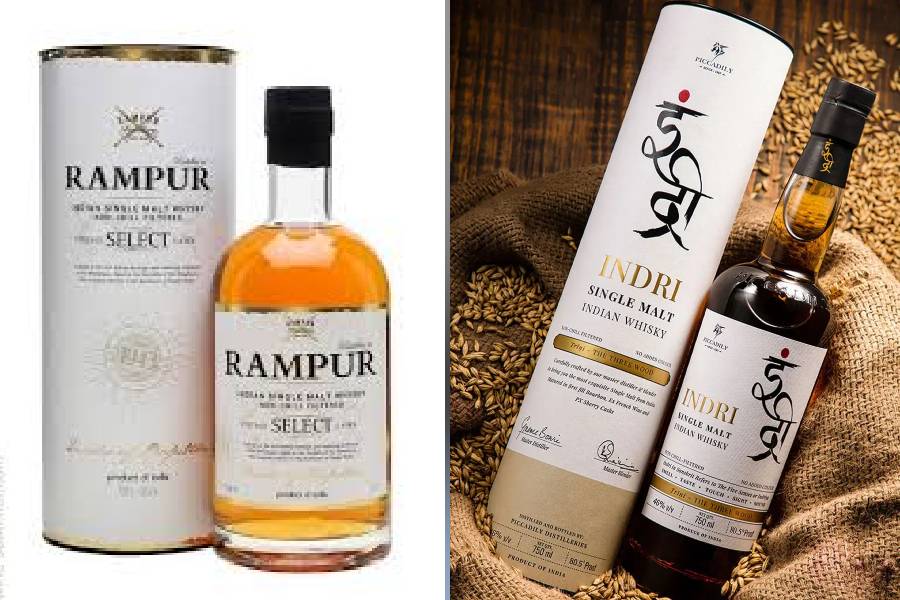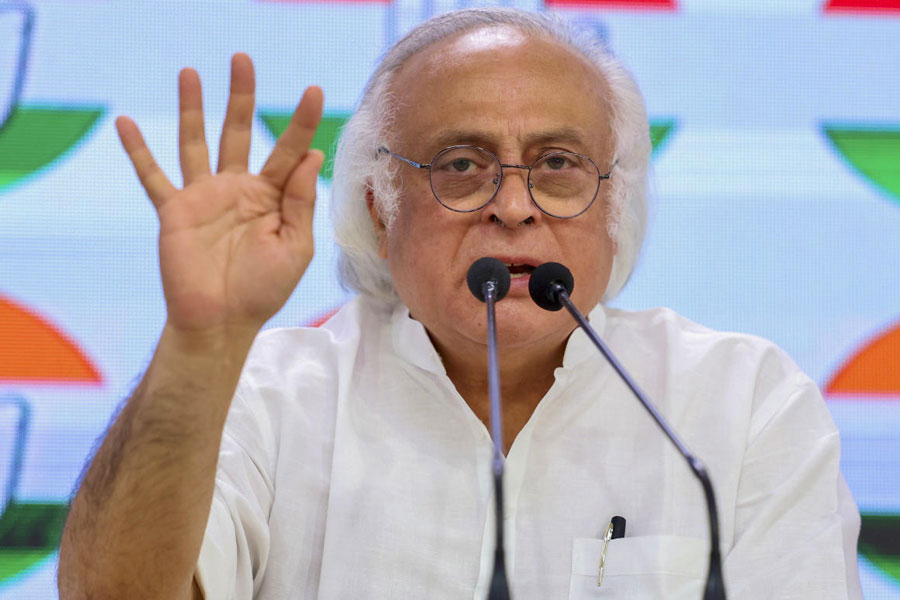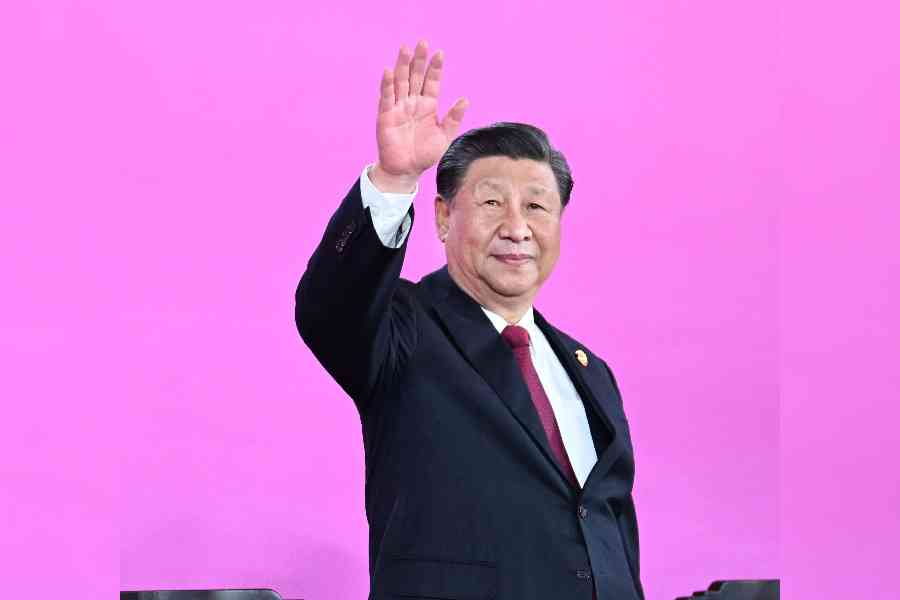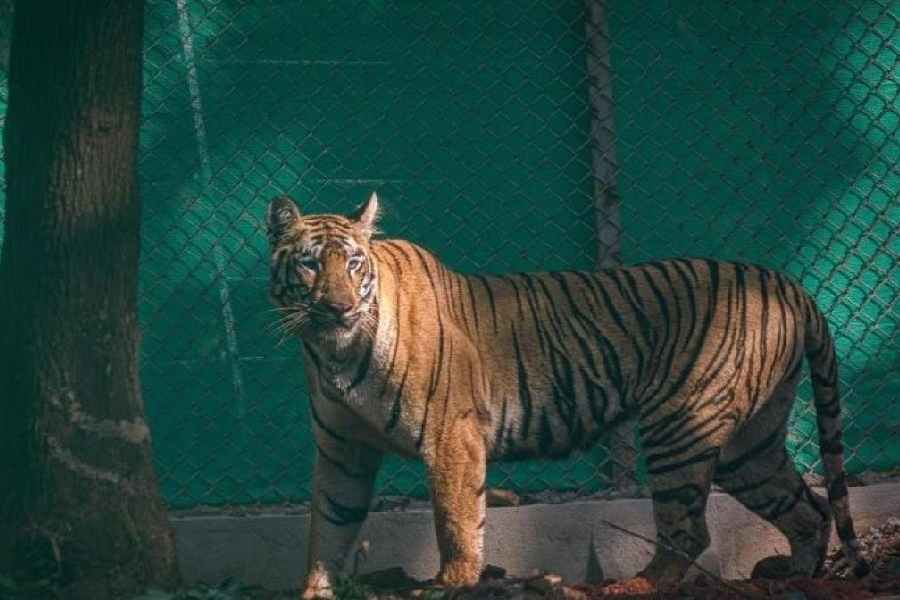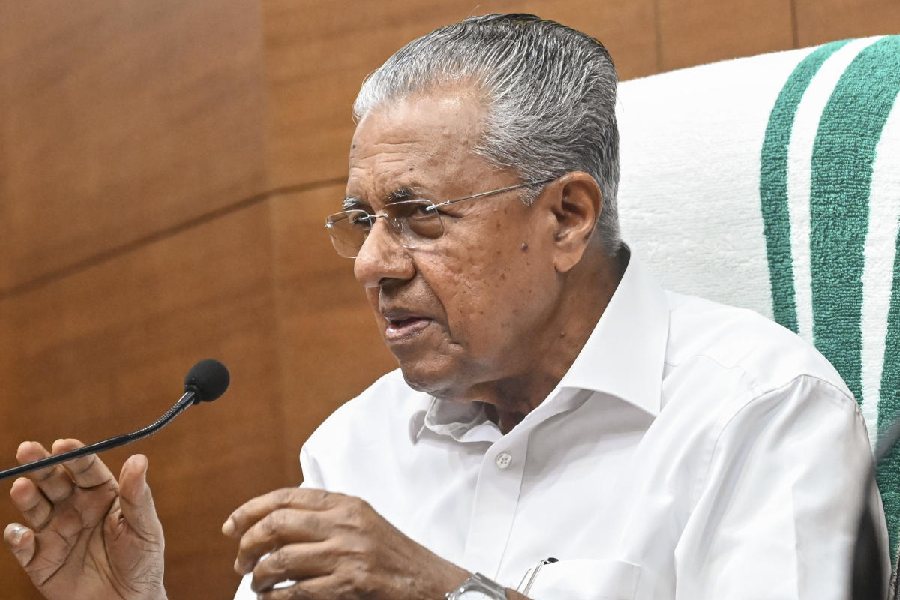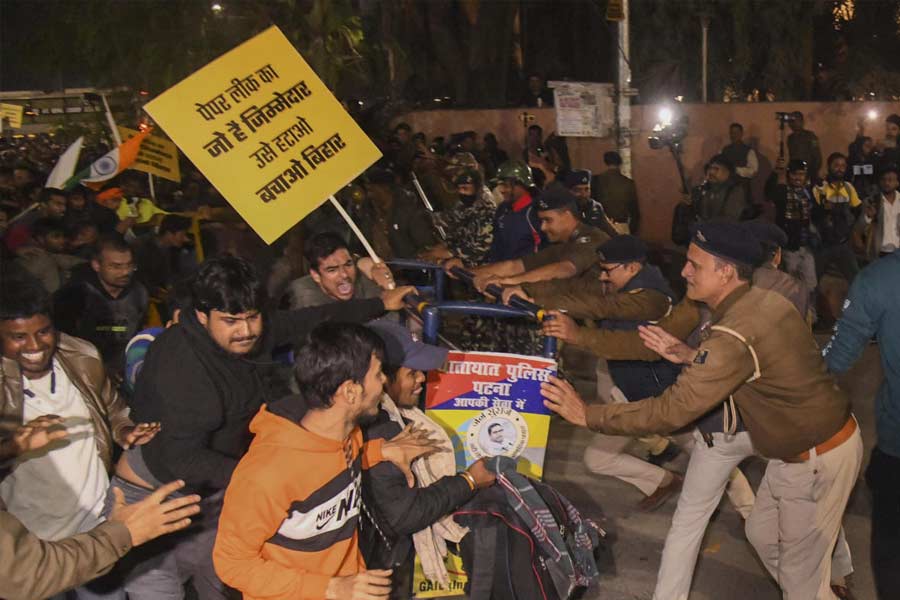Homegrown Indian liquor makers are mulling approaching food & beverages regulator FSSAI for a separate standard for the Indian single malt whisky that is rapidly scaling with the ongoing trend of premiumisation and has won several prestigious international awards.
This will help maintain the sanctity and reputation of Indian single malt whisky -- now exported to 60 countries -- and Indian producers are discussing the move, according to Confederation of Indian Alcoholic Beverage Companies (CIABC), the industry body of domestic AlcoBev manufacturers.
The Indian distillers are also taking steps to get a geographical indication tag for their single malt whisky that will enhance the brand's credibility and standards.
While the sale of Indian single malt whisky rising in high double digits in the country -- the world's largest whisky market -- the industry is also facing a challenge to keep a check on the emergence of smaller single malt whisky brands.
According to CIABC Director General Anant S Iyer, the definition of FSSAI is that it should be malt-based, but it does not define single malt. Single malt whisky means that it should come from single distillery and not multiple ones.
Those not following proper standards should be restrained from claiming themselves as Indian single malt whisky, Iyer said.
"We believe that FSSAI should amend its regulations to include a separate standard applicable to Indian single malt whisky. This way, producers who are not following the required standards can be restrained from calling it Indian single malt whisky. It will also help maintain the sanctity and reputation of Indian single malt whisky," Iyer told PTI.
In recent years, Indian single malt brands, including Amrut, Paul John, Radico Khaitan's Rampur, Indri from Picadilly Industries, Gianchand from Dewansons, Crazy Cock from South Seas Distilleries, and Doaab (Globus), have broke into the segment which was shadowed by the imported Scotch whisky.
In 2023, Indian single malts accounted for nearly 53 per cent of total sales, scoring over the global brands such as Glenlivet, Macallan, Lagavulin, Glenfiddich, and Talisker in the 'desi' market, where the ASP (average selling price) is going up.
CIABC has expressed concerns over misrepresentation of the Indian single malt category by some manufacturers, calling their produce as "single malt" despite it being sourced from different distilleries.
CIABC says it undermines efforts of Indian producers who have worked hard over the years in creating a niche for Indian single malt whiskies globally.
"Now a host of other Indian domestic players are setting up and maturing Indian malt spirit, using malted Indian Barley in Oak Barrels, which are mainly imported. They are in the process of launching their own Indian single malt whisky brands in the immediate to near future," said Iyer.
Indian whiskies are finding their play in the huge whisky category worldwide dominated by scotch, American, Irish, Japanese, and Canadian whiskies, he added.
Earlier this year, the Food Safety and Standards Authority of India (FSSAI) issued its definition of single-malt and single-grain whisky, which came into effect on March 1.
According to Iyer, the definition of FSSAI is that it should be malt-based, but they do not define single malt.
Ensuring registration of Indian single malt whisky as a geographical indication product "will go a long way in enhancing the credibility and ensuring the following of the minimum standards required to produce Indian single malt whisky", he added.
The segment is witnessing around 30 per cent volume growth, though the base is small at 1.5 lakh cases. It is expected to grow further as Indians gravitate towards higher-end spirits, especially single malts.
Moreover, the growth of single malt whisky is also supported by the Indian tropical weather with hot summers and monsoons, along with mild to cold winters.
"A 3-year-old Indian single malt whisky would be close to in terms of profile to a 10-year-old scotch single malt, given the maturation of malt spirits in our tropical weather with hot summers/monsoons and mild to cold winters. Likewise, a one-year-plus Indian malt spirit is akin to a 3-year old scotch malt spirit," he said.
The story of Indian single malt whisky started in 2003 with Amrut and after the pandemic, several companies joined it, when the global supply chain was disrupted, affecting scotch whisky shipments. Indian whisky brands have since grabbed the opportunity and made strong inroads into the market.
Except for the headline, this story has not been edited by The Telegraph Online staff and has been published from a syndicated feed.

